Search
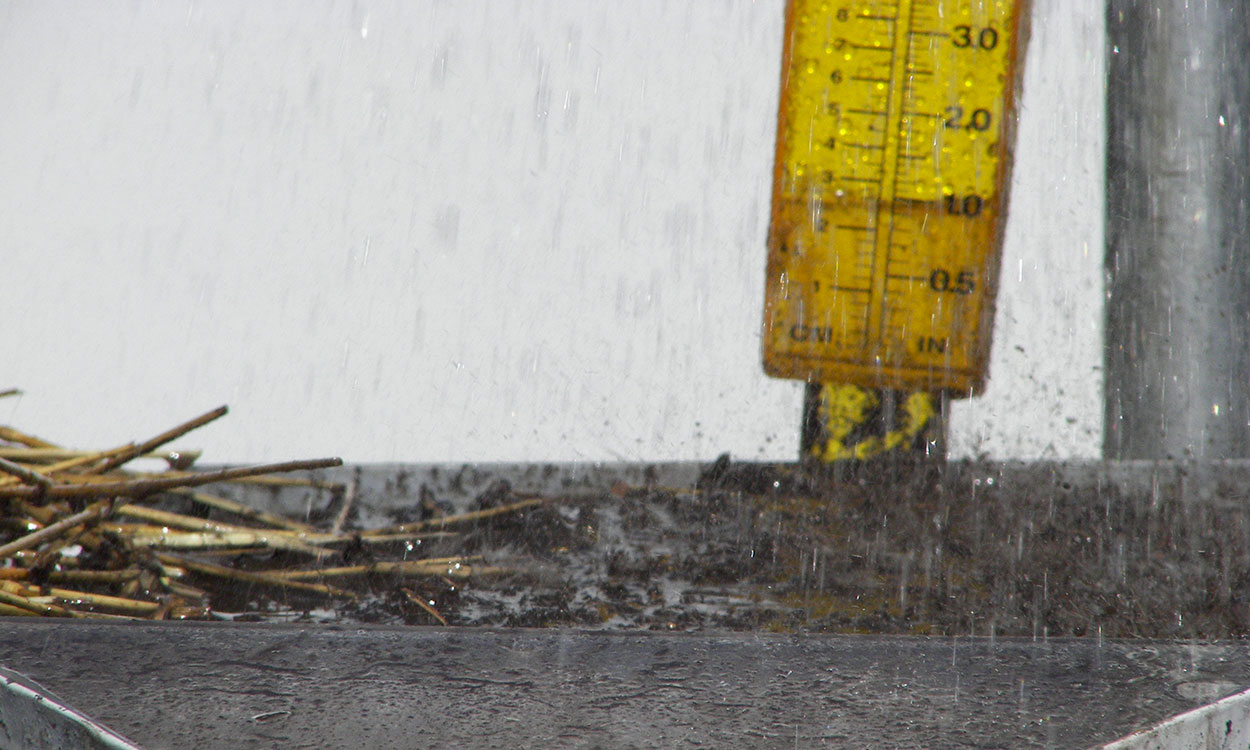
How Soil Holds Water
Water retention is an important soil property and is related to soil texture, organic matter content, and density.
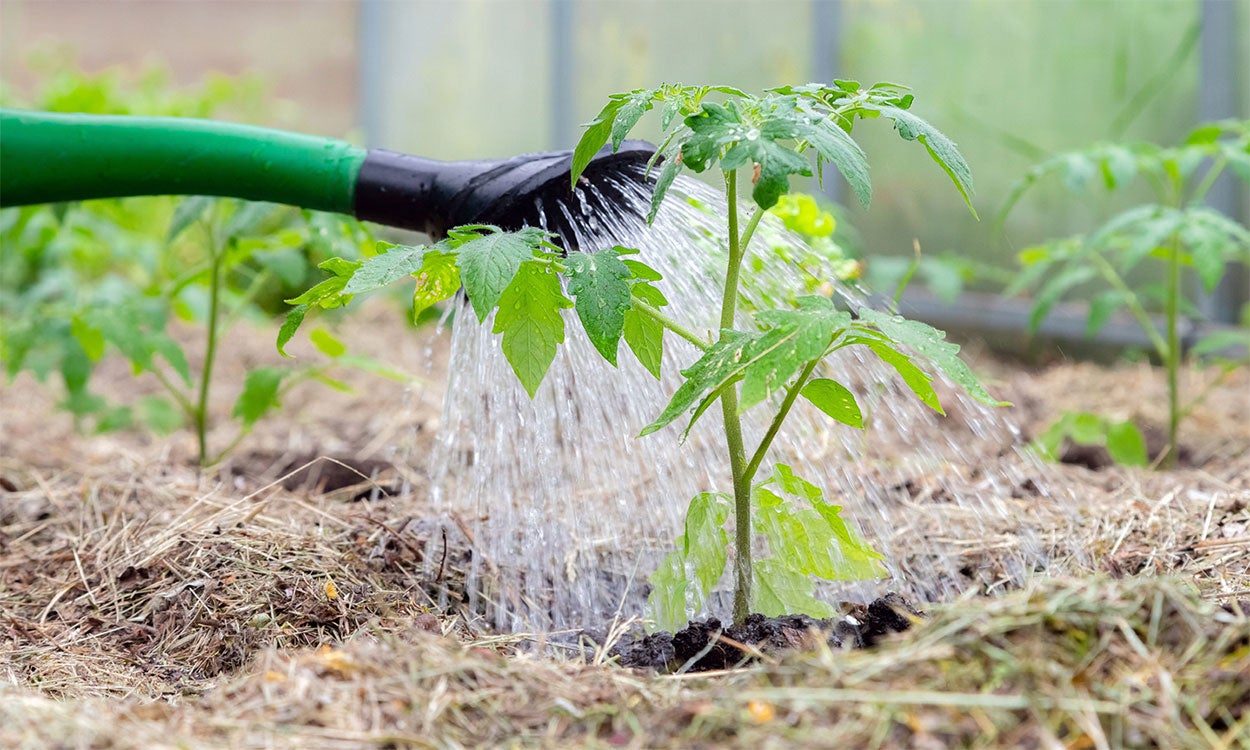
Microbial Water Testing for South Dakota Producers
Microbial water testing is important for produce growers to know the quality of their water to help ensure the safety of the fruits, vegetables, and herbs they produce.
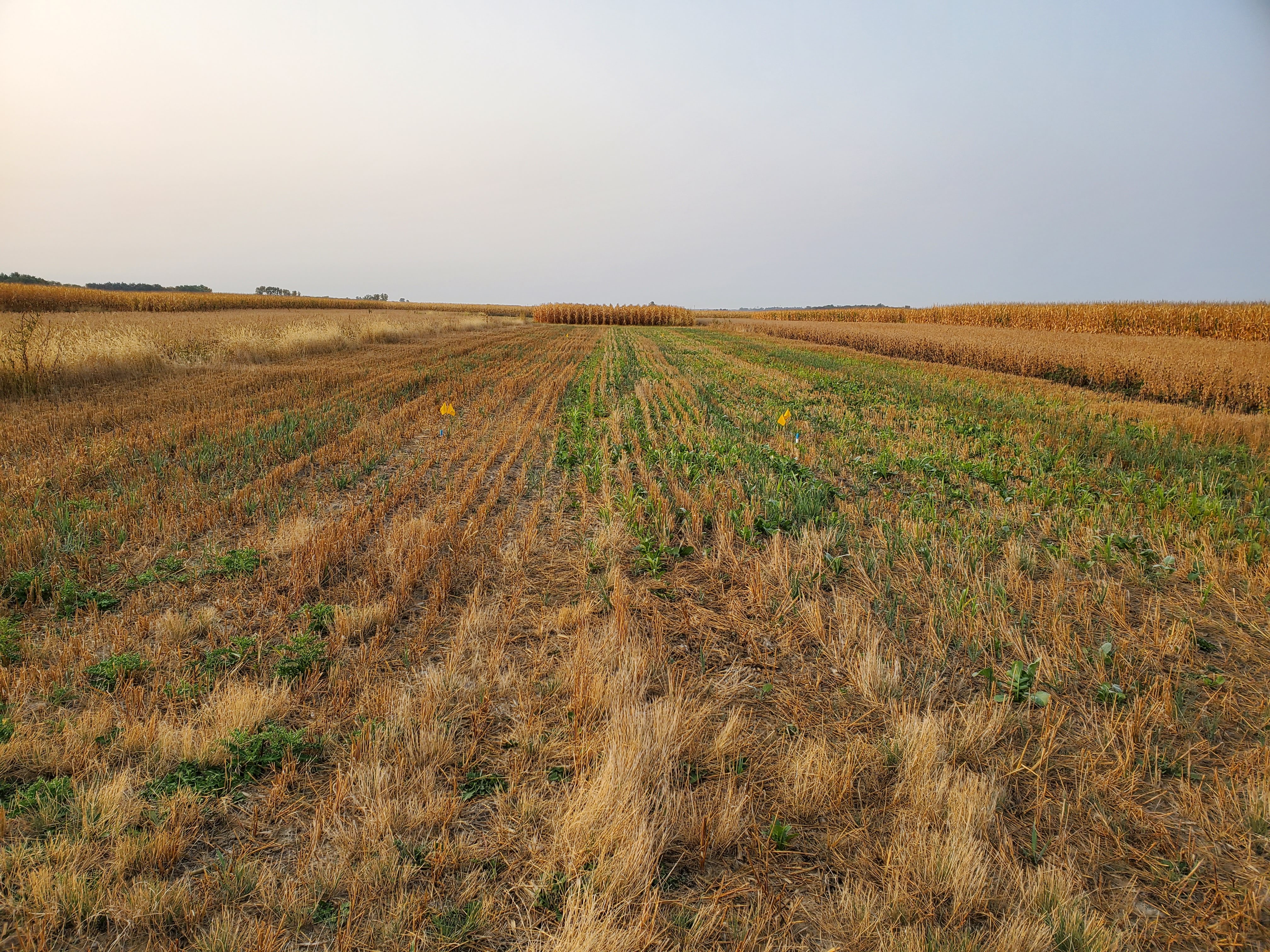
Managing Water with Soil Health
If we are seeing so many benefits to drainage and soil health systems, why isn’t everybody doing it? Can we see a win-win-win situation when looking at habitat, agronomy, and water quality in a system?
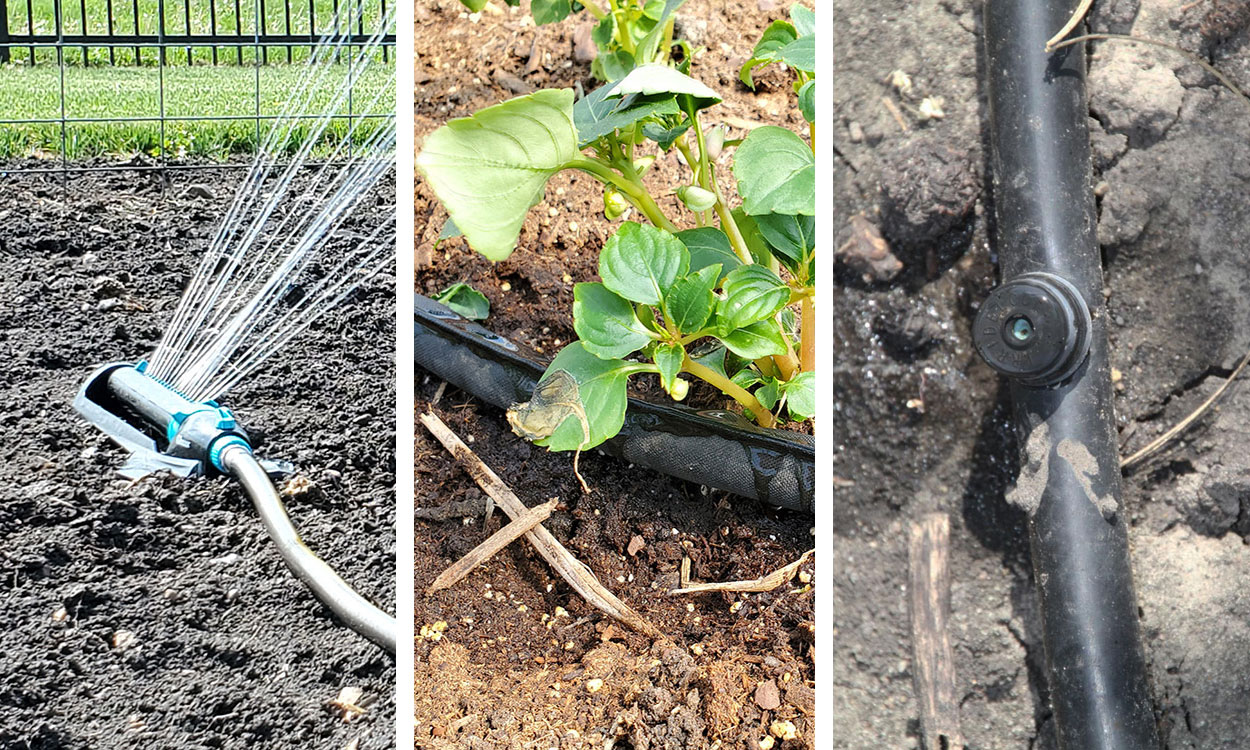
Options for Watering Home Gardens and Landscape Plantings
Ensuring that your garden plants receive adequate water throughout the growing season does not have to be overwhelming. There are a variety of water management options available to make the process easier.
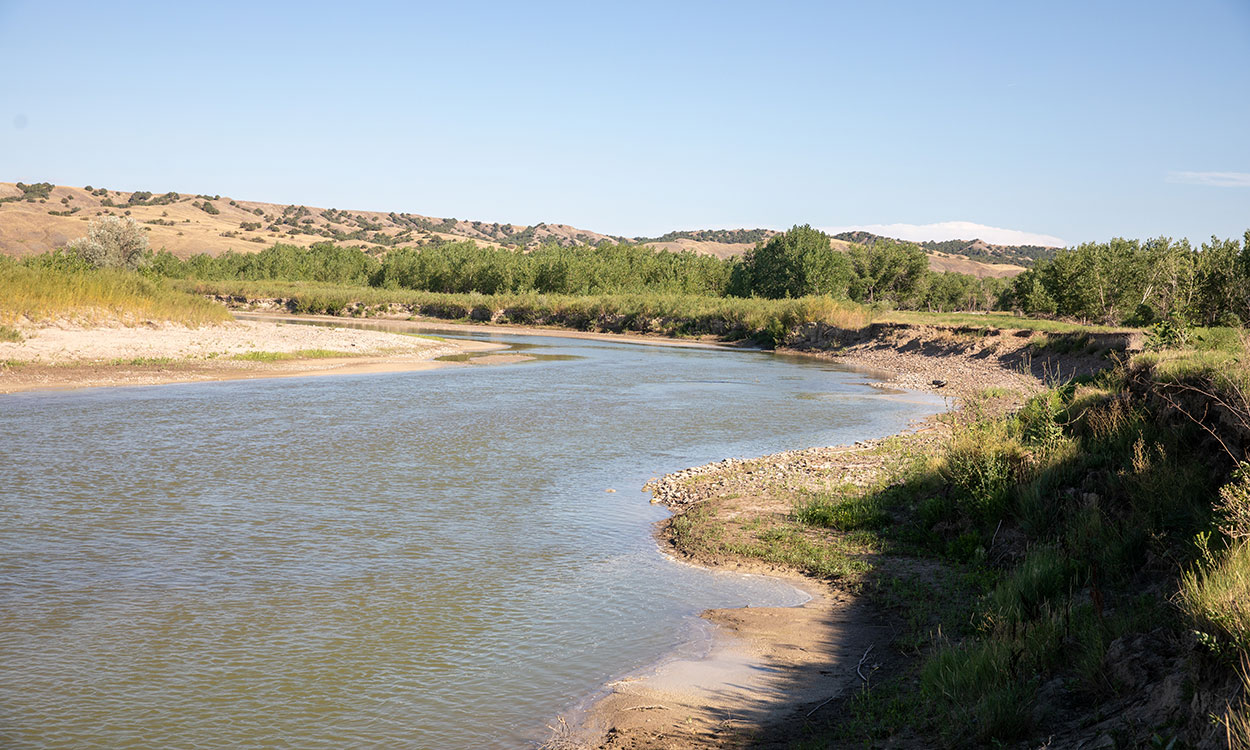
Water Rights in a Time of Drought
During a drought, it is not surprising that the South Dakota Water Rights Program will see an increase in permit applications. In South Dakota, water is considered the property of the people of the state, and depending on your intended water use, a water right permit may be needed.
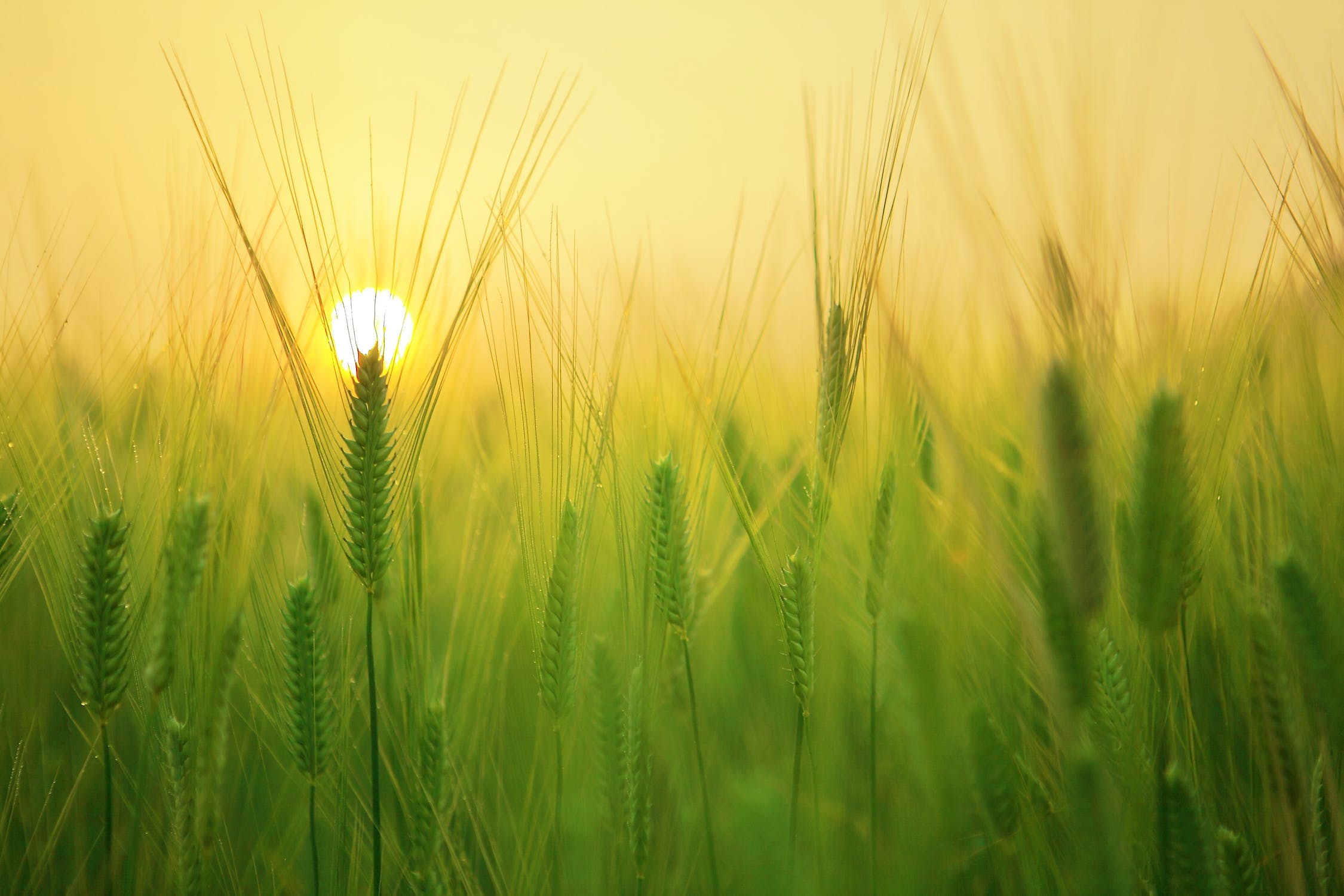
Water Use by Plant Stage
Over the growing season, solar radiation, air temperature and plant size are the dominant factors in determining evaporative demand and the rate of water use by wheat. Water use can vary dramatically on a day-to day basis, depending on climate and wheat health.
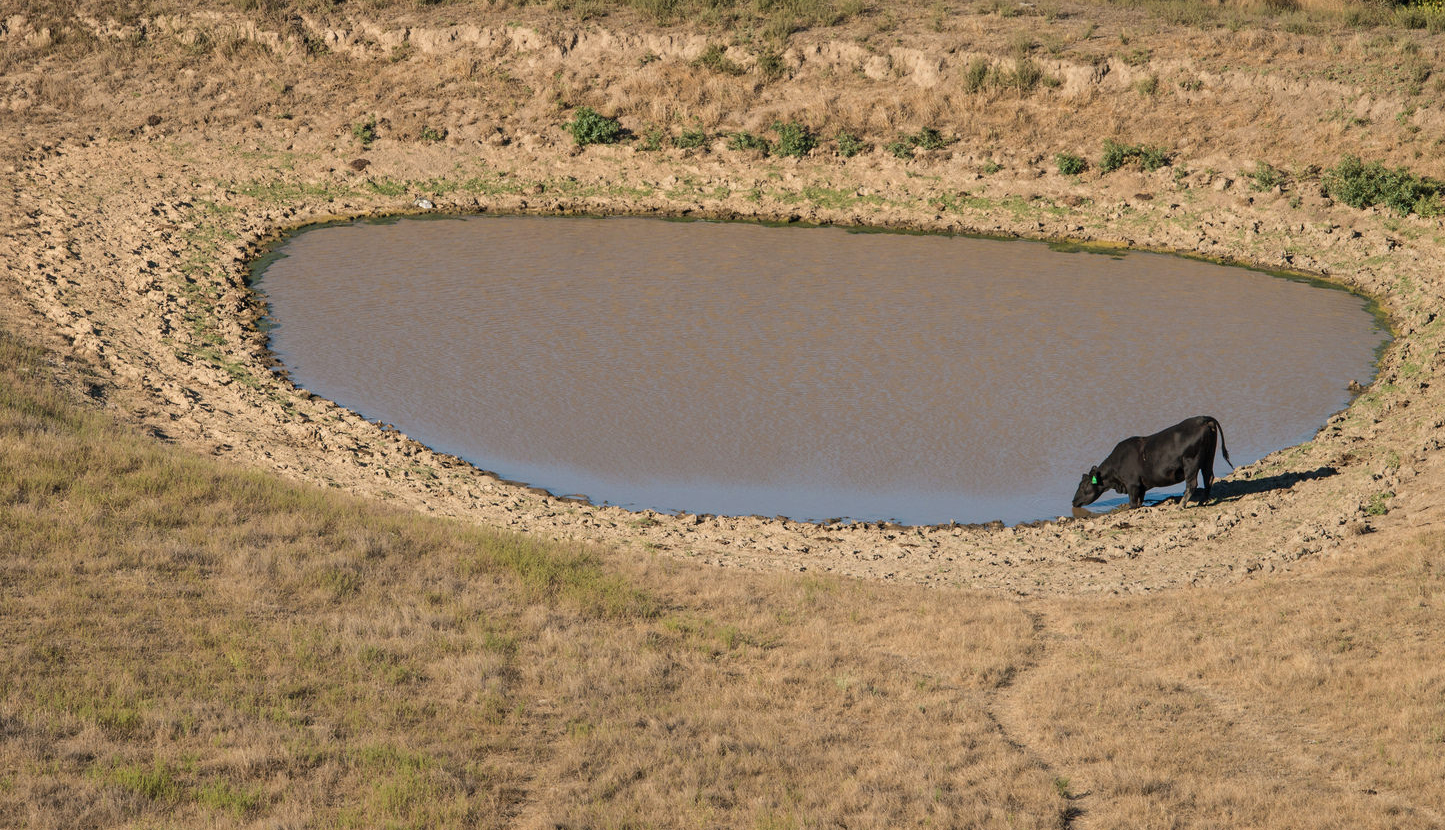
Feed & Water Testing Laboratories
A partial listing of available feed testing laboratories.
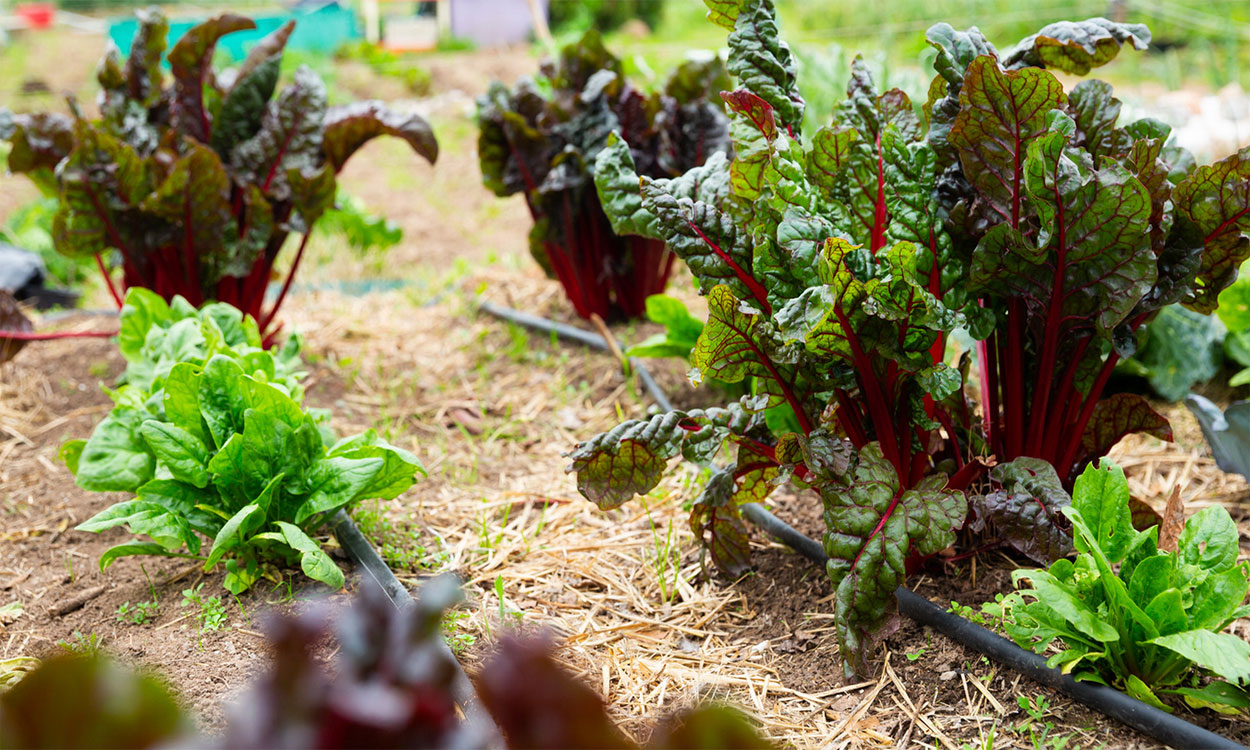
Vegetable Gardening During a Drought
In a drought, getting water to plants is a priority. The following management tips will help you efficiently use water and maximize other gardening practices to achieve a healthy and productive garden.
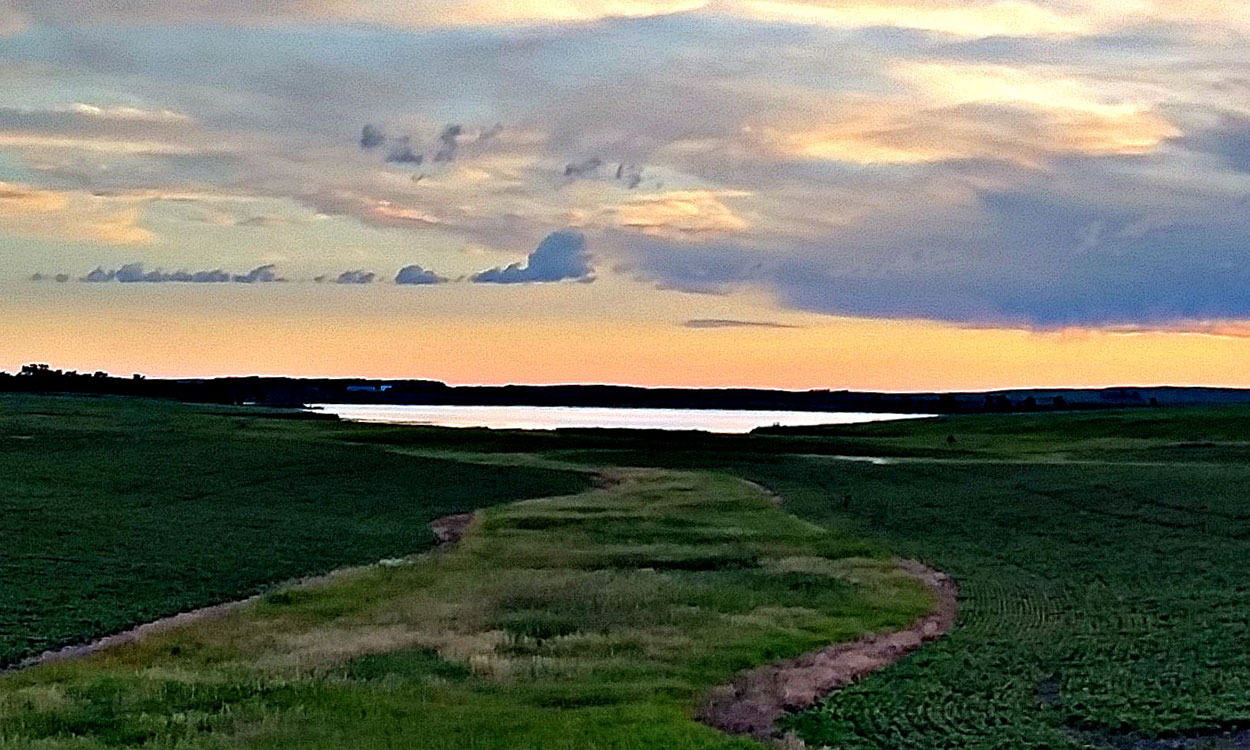
Impacts in Water & Cropping Systems
SDSU Extension’s agronomy team works to boost farmers’ yields and profits by providing access to research-based information, resources and local agronomic information.
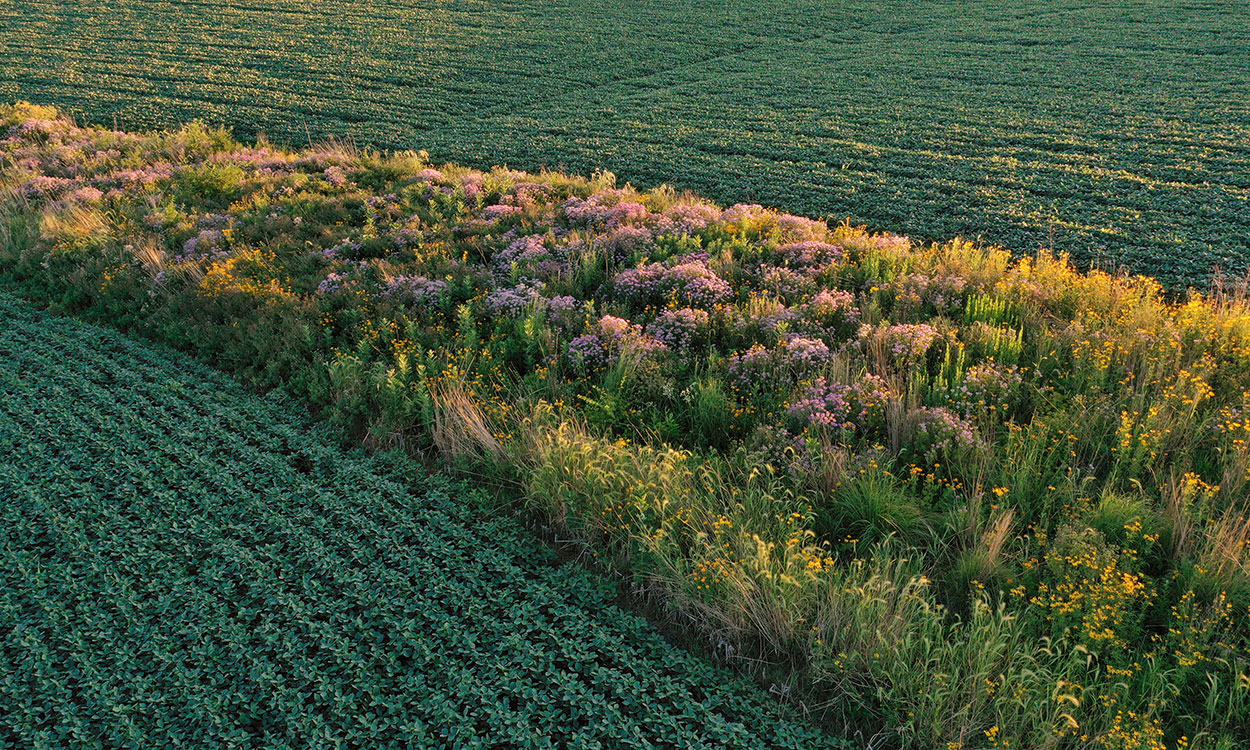
Using Prairie Strips To Protect South Dakota Water
Prairie strips are a new continuous Conservation Reserve Program practice that integrates native prairie plantings oriented linearly within a row crop field to reduce soil erosion and runoff.